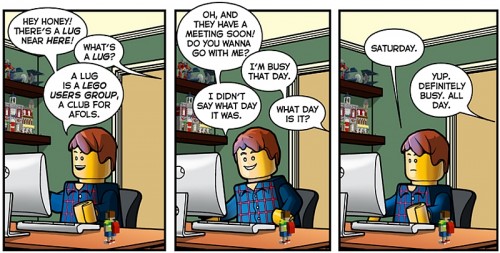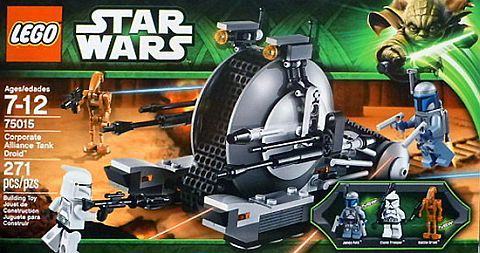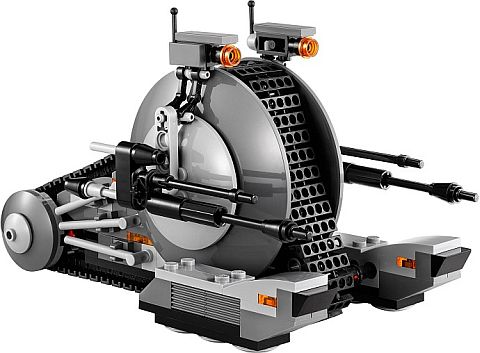(Written by HP)
I know a lot of readers here are from different parts of Asia, and also some of you may travel there on business or pleasure, so I thought to make a handy list of LEGO Users Groups in South East Asia (ASEAN). LEGO Users Groups are also referred to as LUGs (check out the funny cartoon below by FBTB.net) with members meeting on a regular basis, and also putting up public events to share their LEGO creations and promote the LEGO hobby. If you would like to get in touch with a particular group, you can contact them through their website listed below. I hope this will help you in your journey in meeting people who share the same hobby and passion as you; playing with LEGO bricks. 🙂

➡ BRICKS CLUB INDONESIA: This group has an active online forum where you can easily get in touch with other members. Their forum was founded in 2007, and has around a 1,000 registered members. Their website is klublego.fr.yuku.com

➡ LEGO USERS GROUP SINGAPORE: Also known as LUGSING, this is the official home of LEGO fans from Singapore. They also have an active online forum with about 1,000 members. You can find their website at http://kli.web.id/forum/

➡ PHILIPPINE LEGO USERS GROUP: Also known as PhLUG, this is a fairly new LUG formed in December of 2012, but with an active membership, organizing regular meet-ups and LEGO related events. (Gotta be proud of my country!) Their website is phlug.net

➡ THAI LEGO USERS GROUP: Also known as ThaiLUG, this is the community of LEGO fans from Thailand. They run a blog with some updates at thailug.wordpress.com

➡ HONG KONG LEGO USERS GROUP: Also known as HKLUG, this group also has a very active only forum and news site at hklug.hk

➡ TAIWAN LEGO USERS GROUP: Also know as TWLUG, this group is split up to smaller groups in several cities. Their main website with link to the various sub-groups within the country is twlug.info. They also have Facebook and Google groups. You can find all the information on their resources page.

➡ ASIABRICK: Formerly known as the Malaysia LEGO Club, this club also has an active online forum where you can get in touch with members. Their website is asiabrick.com (UPDATE: this link is no longer active.)

There are also other LEGO websites that operate in Asia, like BrickPhilippines.com, BrickThailand.com, etc., however these are not LUGs, but websites operated by LEGO distributors in these countries. However if I missed a LUG that you know of in South East Asia, or if you have any questions, let me know in the comment section below! It would also probably be a good idea to compile similar lists for other parts of the world.
I hope you enjoyed this article. My name is HP and I’m a TFOL (Teen-Fan-of-LEGO). This is my fifth article here at theBrickBlogger. You can read my previous posts here; LEGO Building Technique: Forced-Perspective, 2013 LEGO Polybag Sets for Your Collection, A New Generation of LEGO Mindstorms!, and LEGO Super Heroes Batgirl Minifig Revealed! Thanks for reading! Your feedback is welcome! 😉
And you might also like to check out the following related articles:















